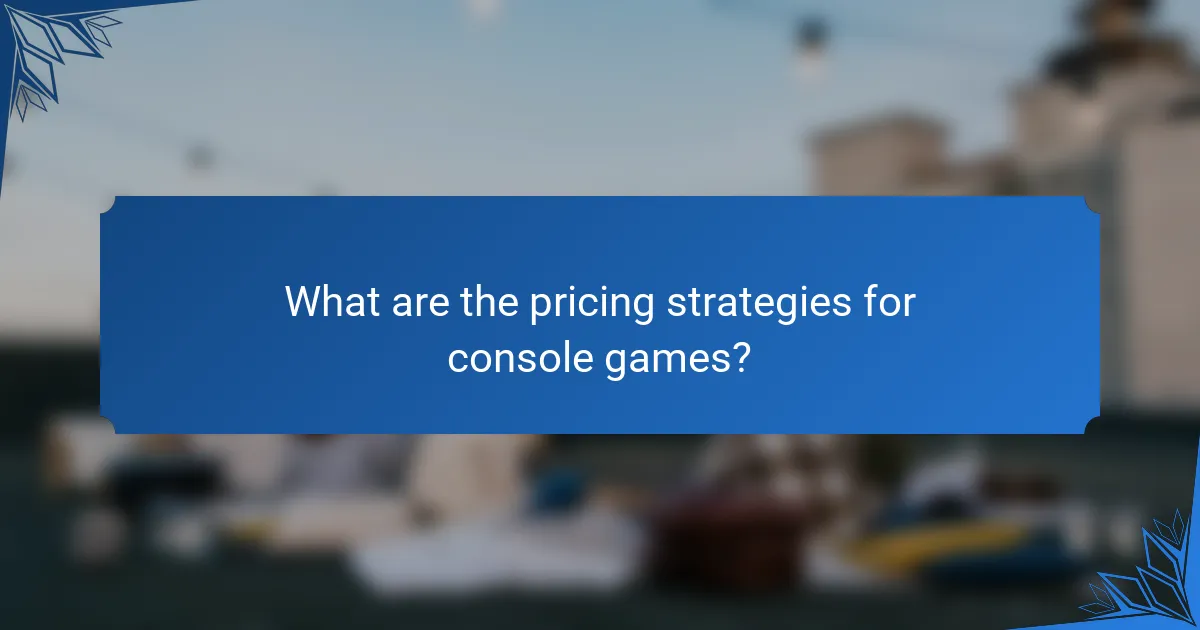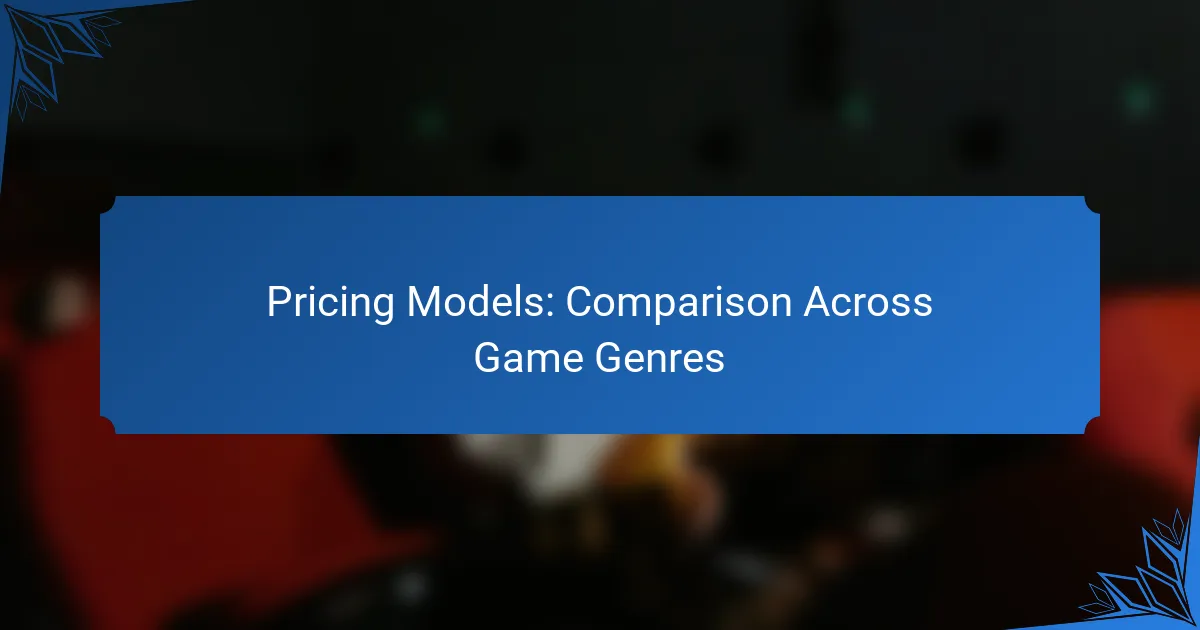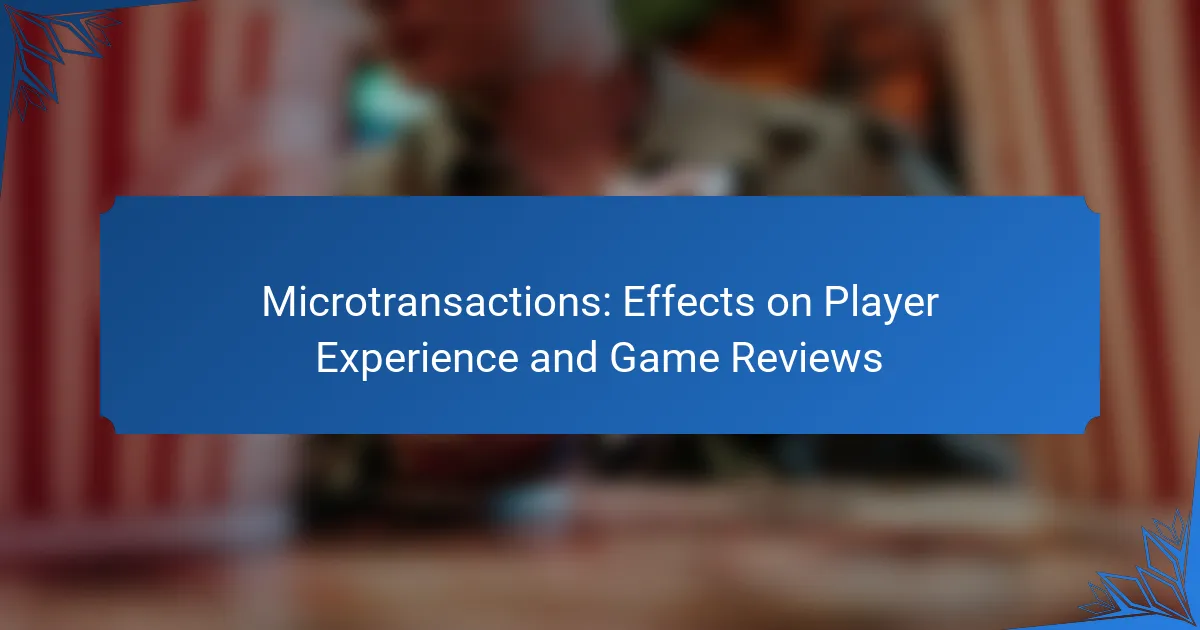Pricing models across different game genres play a crucial role in shaping player experiences and developer profitability. From mobile games leveraging in-app purchases to PC games offering diverse access options like season passes and free-to-play models, each approach is tailored to meet specific audience needs. Similarly, console games employ various strategies, including retail pricing and digital discounts, to appeal to a wide range of consumers. Understanding these models is essential for developers aiming to optimize their revenue streams and engage players effectively.

What are the pricing models in mobile games?
Mobile games utilize various pricing models to generate revenue, each catering to different player preferences and market strategies. Understanding these models helps developers choose the right approach for their target audience and maximize profitability.
Freemium model
The freemium model allows players to download and play a game for free, with optional in-game purchases available. This model attracts a large user base, as the initial cost barrier is eliminated.
Developers often provide basic gameplay for free while charging for premium features, additional content, or cosmetic items. A successful freemium game can convert a small percentage of its users into paying customers, often ranging from 1% to 5% of the total player base.
Subscription model
In the subscription model, players pay a recurring fee, typically monthly or annually, to access the game or its premium features. This model provides a steady revenue stream for developers and can enhance player retention.
Examples include games that offer exclusive content, regular updates, or ad-free experiences for subscribers. Subscription prices can vary widely, often falling between $5 to $15 per month, depending on the game’s offerings.
Pay-to-play model
The pay-to-play model requires players to purchase the game upfront before they can access it. This model is straightforward and can be appealing to players who prefer a one-time payment over ongoing costs.
Prices for pay-to-play mobile games typically range from $0.99 to $9.99, depending on the game’s complexity and production quality. This model can limit the player base but often results in higher revenue per user.
Ad-supported model
In the ad-supported model, games are offered for free, with revenue generated through advertisements displayed during gameplay. This model can be effective in attracting a large audience without upfront costs.
Developers must balance ad frequency to avoid disrupting the player experience. Common strategies include offering players the option to watch ads for in-game rewards or providing an ad-free experience through a one-time purchase.
In-app purchases
In-app purchases (IAP) allow players to buy virtual goods or enhancements within the game. This model is often used in conjunction with freemium games, providing additional revenue opportunities.
IAP can include items like character upgrades, new levels, or cosmetic changes. Developers should ensure that these purchases enhance gameplay without creating a pay-to-win environment, as this can alienate non-paying players.

How do pricing models differ in PC games?
Pricing models in PC games vary significantly, influencing how players access and pay for content. The main models include one-time purchases, season passes, and free-to-play options with microtransactions, each offering distinct experiences and financial implications for both developers and gamers.
One-time purchase
The one-time purchase model requires players to pay a single upfront fee to access the game. This model is straightforward and often preferred by gamers who want a complete experience without ongoing costs. Prices typically range from $20 to $60, depending on the game’s complexity and popularity.
One-time purchases can lead to higher initial sales but may limit long-term revenue unless the game gains a strong following or offers expansions. Developers should consider pricing strategies that reflect the game’s value and target audience to maximize sales.
Season pass model
The season pass model allows players to buy access to a series of downloadable content (DLC) released over time, usually at a discounted rate compared to purchasing each DLC separately. This model encourages ongoing engagement and can range from $20 to $50, depending on the amount of content included.
While season passes can enhance player retention, developers must ensure that the additional content is compelling enough to justify the cost. Clear communication about what the season pass includes is crucial to avoid disappointing players.
Free-to-play with microtransactions
The free-to-play model allows players to download and play the game at no cost, with optional in-game purchases for cosmetic items, enhancements, or other features. This model can attract a larger audience, as there is no financial barrier to entry.
Microtransactions can generate significant revenue, but developers should balance monetization with player satisfaction to avoid backlash. Offering fair pricing and ensuring that purchases do not create an unfair advantage can help maintain a positive community around the game.

What are the pricing strategies for console games?
Console games utilize various pricing strategies to attract consumers and maximize revenue. These strategies include standard retail pricing, digital download discounts, and bundles or special editions, each catering to different market segments and consumer preferences.
Standard retail pricing
Standard retail pricing for console games typically ranges from $40 to $70, depending on the game’s popularity and production costs. New releases often launch at the higher end of this spectrum, while older titles may drop in price over time. Retailers may also offer promotions or loyalty rewards that can influence the final purchase price.
It’s essential to monitor price trends, as many games experience significant discounts shortly after release or during seasonal sales. Consumers should consider waiting for these sales to maximize value.
Digital download discounts
Digital downloads frequently offer discounts that can range from 10% to 50% off standard retail prices. Platforms like PlayStation Store, Xbox Live, and Nintendo eShop regularly feature sales events, especially during holidays or special promotions. These discounts can make digital purchases more appealing than physical copies.
Additionally, subscribing to services like PlayStation Plus or Xbox Game Pass can provide access to a library of games at a lower monthly cost, making it a cost-effective option for avid gamers.
Bundles and special editions
Bundles and special editions often include extra content, such as downloadable content (DLC), collectibles, or exclusive in-game items. These editions can be priced significantly higher, sometimes exceeding $100, but they appeal to collectors and dedicated fans. Bundles that package multiple games together can also offer substantial savings compared to purchasing each title separately.
When considering bundles or special editions, evaluate the added value of the extras included. If the additional content enhances the gaming experience, it may justify the higher price tag. However, if the extras are not appealing, sticking to standard editions may be more economical.

How do pricing models impact player engagement?
Pricing models significantly influence player engagement by determining how players access and interact with games. Different models can attract varying player demographics and affect long-term retention and monetization strategies.
Freemium models increase user base
Freemium models allow players to access a game for free while offering in-game purchases for additional content or features. This approach can rapidly expand the user base, as players are more likely to try a game without any upfront cost.
However, the challenge lies in converting free users into paying customers. Successful freemium games often provide compelling content that encourages players to spend, such as exclusive items or enhanced gameplay experiences. Examples include popular mobile games like “Fortnite” and “Candy Crush,” which utilize this model effectively.
Subscription models enhance retention
Subscription models charge players a recurring fee for access to a game or service, which can lead to higher retention rates. By providing ongoing content updates and exclusive features, these models keep players engaged over time.
Games like “World of Warcraft” and “Xbox Game Pass” exemplify this approach, offering a steady stream of new content that justifies the subscription cost. While this model can lead to a more stable revenue stream, it requires consistent quality and innovation to maintain player interest and prevent churn.

What are the trends in game pricing models?
Current trends in game pricing models include the rise of subscription services and a greater emphasis on enhancing player experience. These shifts reflect changing consumer preferences and the competitive landscape of the gaming industry.
Rise of subscription services
Subscription services have gained popularity as they offer players access to a wide library of games for a fixed monthly fee. This model allows gamers to explore various titles without the commitment of purchasing each one individually, often leading to increased player engagement.
Major platforms like Xbox Game Pass and PlayStation Plus exemplify this trend, providing subscribers with access to new releases and exclusive content. Pricing typically ranges from $10 to $15 per month, making it an appealing option for casual and dedicated gamers alike.
Increased focus on player experience
Game developers are increasingly prioritizing player experience over traditional pricing strategies. This includes offering free-to-play models with optional in-game purchases, allowing players to enjoy the game without upfront costs while monetizing through cosmetic items or expansions.
Additionally, many games now incorporate player feedback into their development cycles, ensuring that updates and new content align with community desires. This approach not only enhances satisfaction but can also lead to higher retention rates, as players feel more invested in a game that evolves based on their input.



